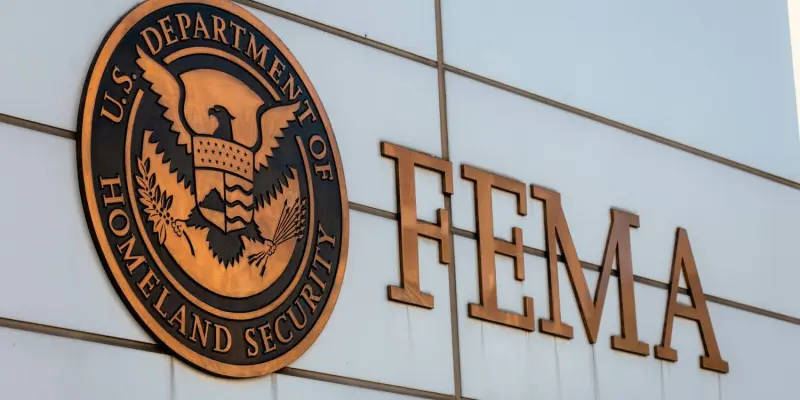The Emergence of Challenges with EMR-ISAC’s Shutdown
Loss of a Key Threat Intelligence Resource
During its operation, EMR-ISAC served as a central conduit for the dissemination of critical homeland security information. The cessation of EMR-ISAC, therefore, introduces a gap in the information flow and strategic coordination among emergency services. This is particularly troubling considering its previous capacity to facilitate coordinated responses through platforms under the U.S. Department of Homeland Security’s mechanisms.
The InfoGram newsletter and private bulletins provided by EMR-ISAC were highly prized by emergency management and response professionals. Without a direct and focused replacement, the emergency services sector (ESS) now faces an uphill battle in maintaining the same level of preparedness and coordination.
Concerns Over Replacement and Future Communication
The uncertainty surrounding EMR-ISAC’s departure is amplified by stakeholders questioning the availability of truly effective alternative sources. Chet Wisniewski, a director at Sophos, articulated the lack of a singular entity focused strictly on the unique challenges that face the emergency services community. Efforts to seek private funding as a solution encounter formidable challenges, as illustrated by the financial struggles facing MITRE’s CVE Project, underscoring the complexity of sustaining valuable information-sharing initiatives.
There is speculation about the possibility of merging some functions with entities like the Multi-State ISAC; however, their current focus does not align precisely with the distinct needs of emergency management and response sectors.
The Need for Sustainable Funding and Support
Funding Dilemmas and Public-Private Potential
One critical issue highlighted by the closure of EMR-ISAC is the misconception around ISAC funding. Without a dedicated funding model, ISACs, particularly those serving specialized fields like ESS, might find themselves struggling for survival. Refining and supporting relationships between public and private sectors could be groundbreaking in establishing lasting financial structures. Exploring public-private partnerships may offer a route to revitalize functions that EMR-ISAC provided, with innovative funding models ensuring a legacy of robust information-sharing platforms.
Geopolitical Influences on Threat Preparedness
The global geopolitical environment compounds the need for sophisticated, informed emergency response systems. Present-day contexts, such as heightened cyber threats from nation-states, accentuate the necessity of efficient intelligence-sharing frameworks. The timely sharing of such emergent threats underscores why centralized information-sharing centers remain crucial for national security and local responders.
Given this backdrop, the EMR-ISAC’s discontinuation amplifies the risk for emergency services tasked with protecting critical infrastructure. Emergency response teams, particularly those operating in areas prone to multifaceted threats, face increased pressure to adapt, improvising solutions amidst faltering communication resources.
The Future of Emergency Service Coordination
Addressing Large-scale and Localized Threats
Mark Ray from Burnsville underscores the practical application of information once provided by EMR-ISAC. In everyday scenarios, especially concerning public safety during large gatherings or festivals, emergency responders rely on such insight to anticipate and counteract potential threats. The absence of EMR-ISAC increases workload complexity, impacting rural and urban sectors alike where resources are often stretched thin across multiple roles and departments.
Moving Toward Resilient Information-sharing Models
The Emergency Management and Response – Information Sharing and Analysis Center (EMR-ISAC) has been essential in fortifying critical infrastructure and enhancing emergency services nationwide. The looming closure of this pivotal hub, scheduled for June 1, has raised widespread concern among industry stakeholders and emergency service professionals. The U.S. Fire Administration, crippled by extensive budget limitations and administrative restructuring, cannot continue supporting these services. Consequently, EMR-ISAC’s shutdown creates a notable deficiency in threat intelligence sharing, a crucial function in effectively addressing both physical and cyber threats. This organization has been a cornerstone for the seamless communication and dissemination of information crucial for understanding emerging risks and mitigating potential hazards. Without it, the nation risks a substantial setback in its ability to anticipate and respond swiftly to various threats, potentially affecting national security and public safety on a broad scale.

